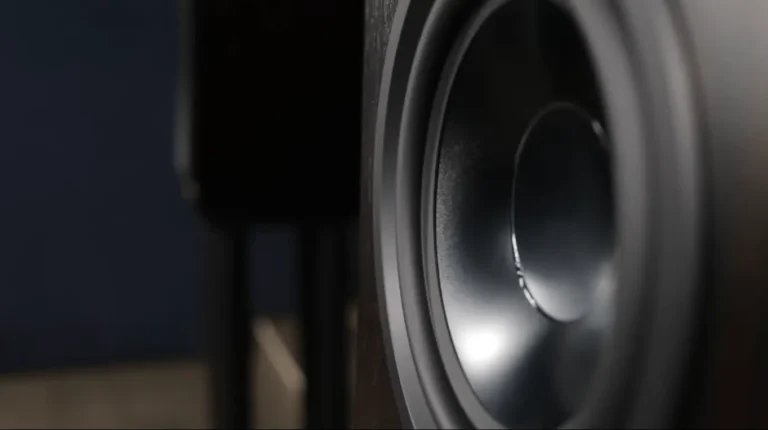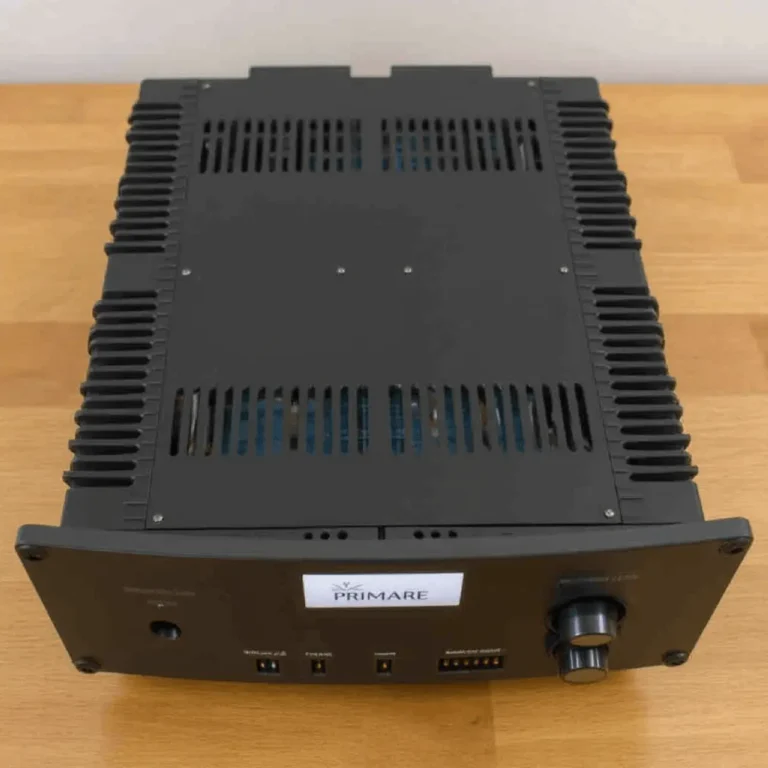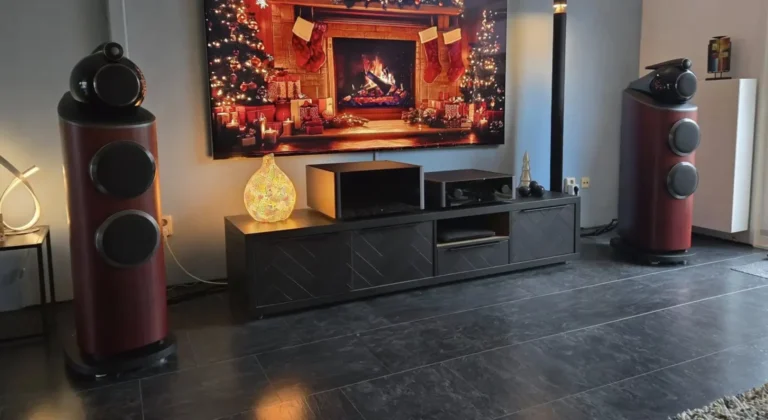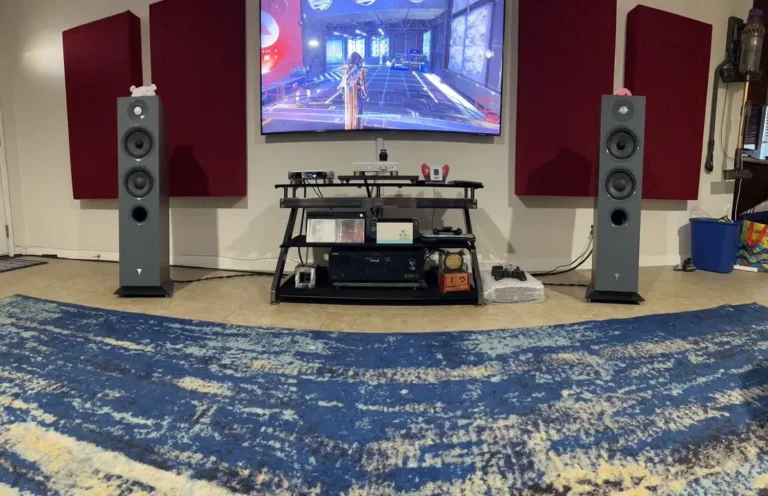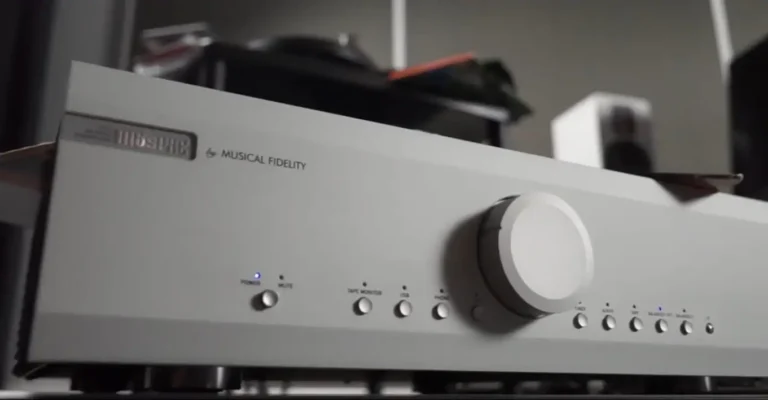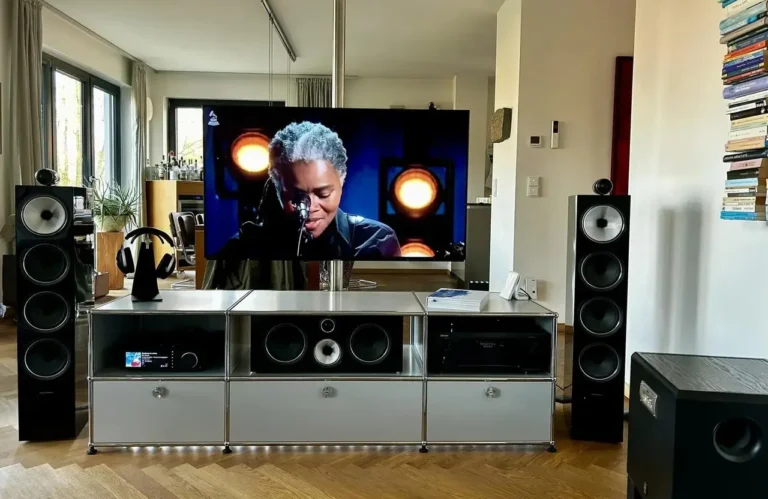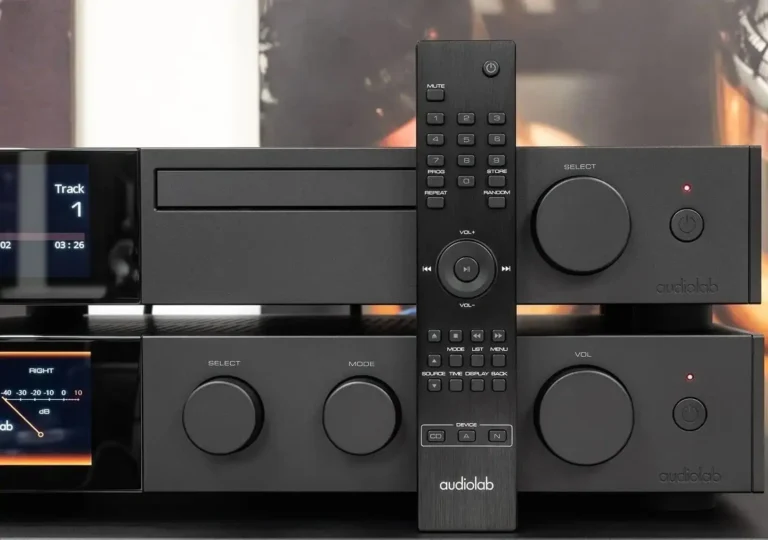Your Awesome Home Theater Weekend: 10 Amazing Movies to Watch in Dolby Vision
Your weekend is here, your movie room is ready, and you have a great TV with Dolby Vision. This is going to be fun! But what is Dolby Vision? Think of it like this: normal movies use one light setting for the whole film. Dolby Vision is smarter. It changes the light, colors, and darkness…


